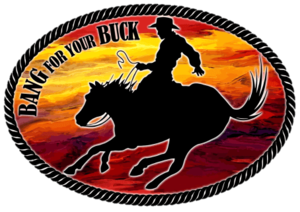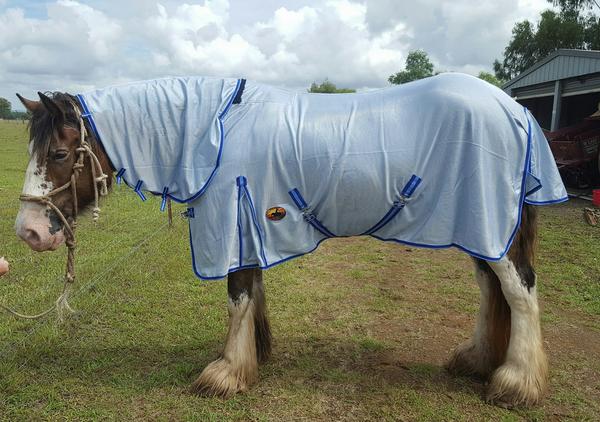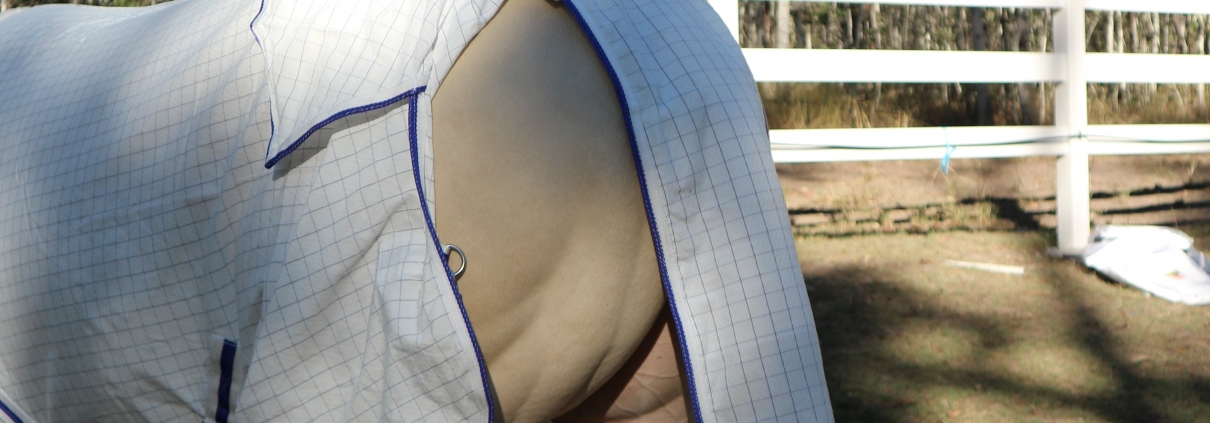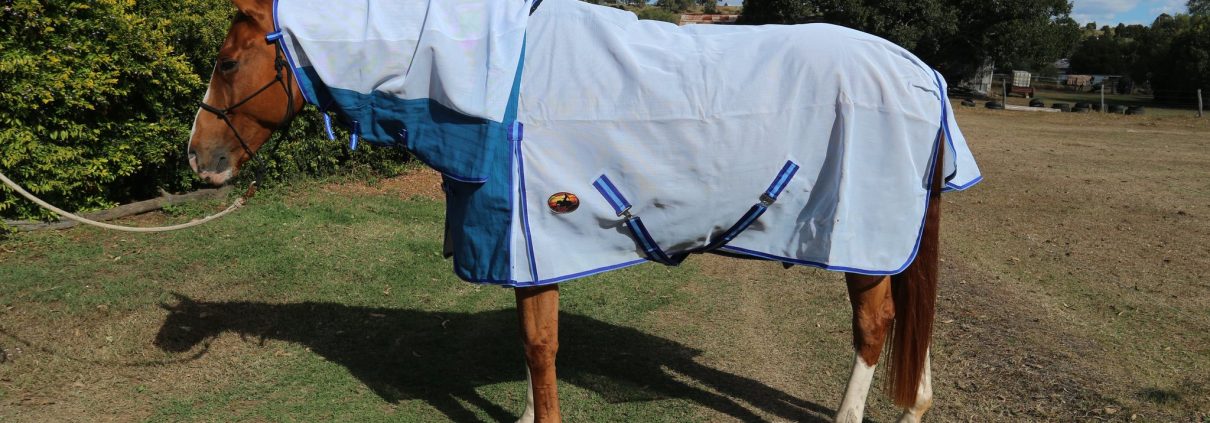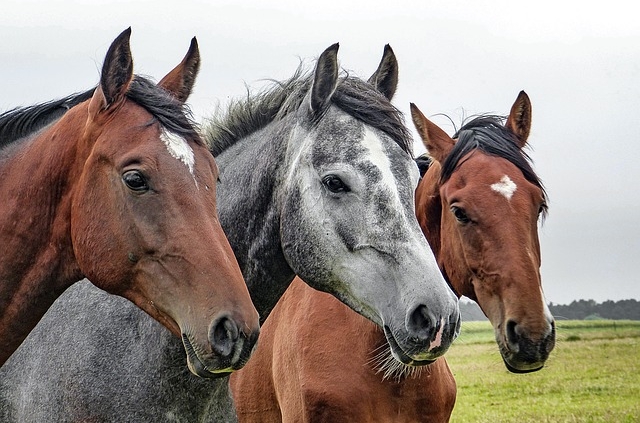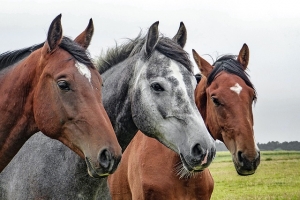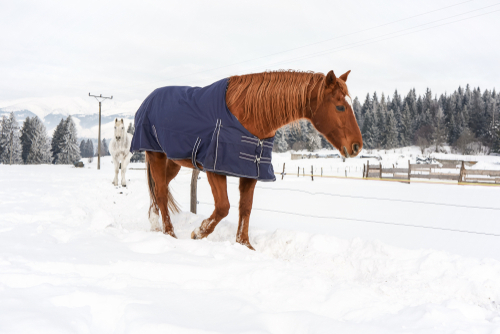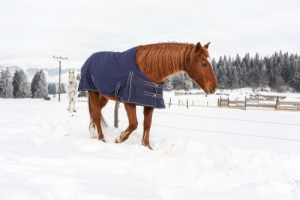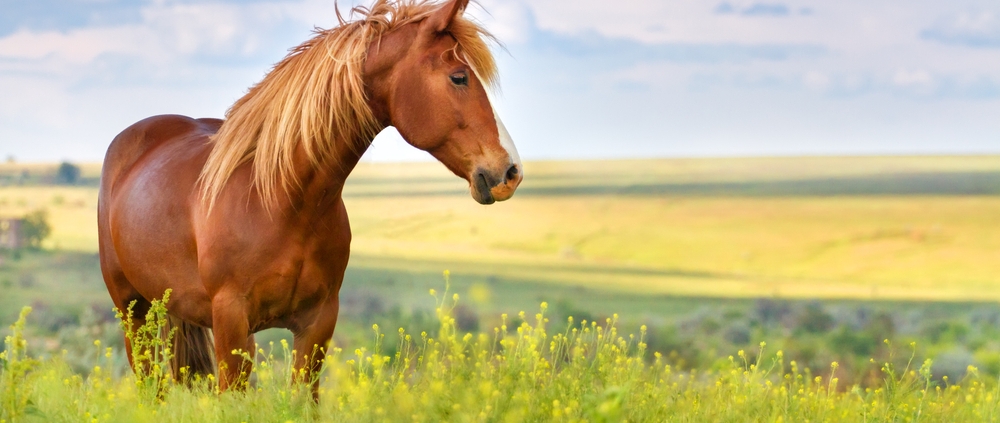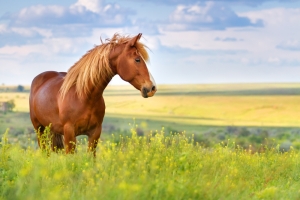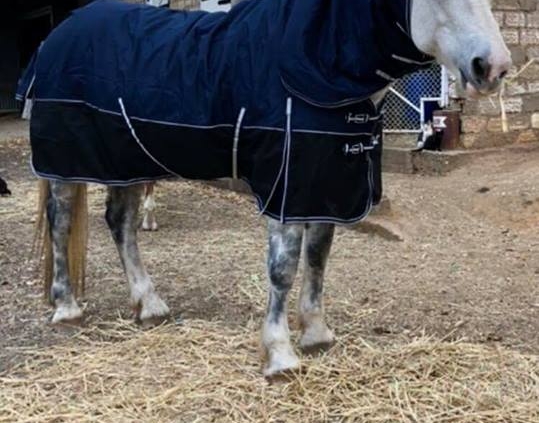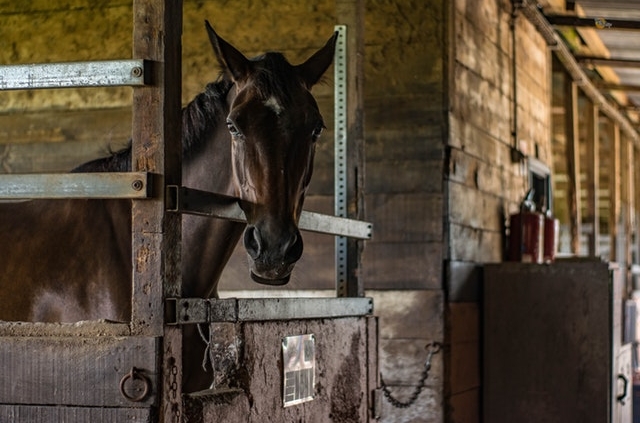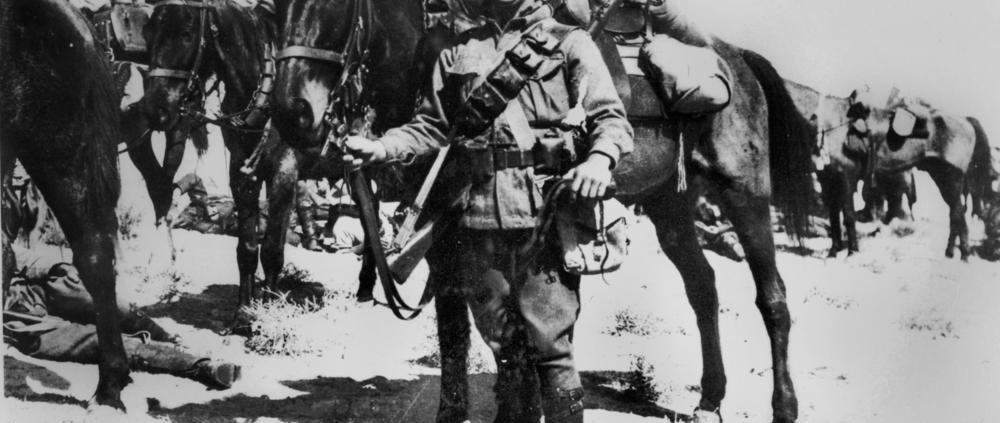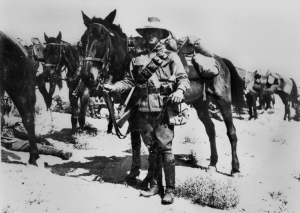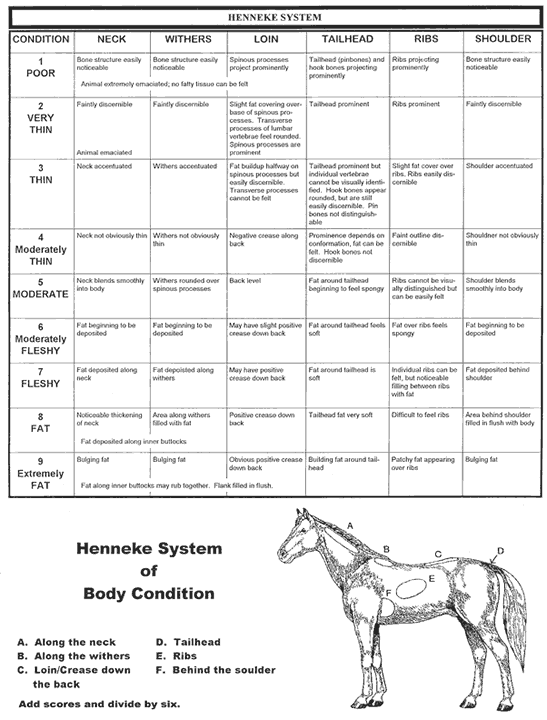Horse Rugs Maintenance
By using your horse rugs throughout the season, it’s normal for them to wear and tear. Even the highest quality rugs used by the most rug-friendly horse will eventually need some repairs. After all, these rugs are still made from fabric and they’re expected to have some damages along the way.
Fixing Damaged Horse Rugs
There are rug repairers that can help you out. They aim to help bring your rugs back to their former glory. However, you have to keep in mind that there are some instances where rugs are no longer salvageable. When this happens you will need to look at purchasing a new one.
Keeping a regular horse rug maintenance routine will extend the lifespan of your rugs.
Horse Rugs Maintenance
Prevention is always better than cure – even on horse rugs. If you want to ensure that your horse will get to keep their horse rugs for a longer period of time, you need to be mindful with any damage and try your best to fix them as soon as possible.
Small damages can quickly turn to a major one so you have to act quickly. Remove the rug from the horse immediately when you notice any nicks, cuts, or frayed stitching and get them repaired. Do a regular inspection routine to check for any small amount of damages.
Proper leg straps fitting prevents the leg straps from being damaged. Leg straps are the most commonly damaged parts of a rug, so you need to handle them properly. If you can, buy some extra removable straps so you can easily replace them. Keep a spare set so you can still use your horse rug even when the straps have been damaged.
It’s always a good idea to inspect your leg straps regularly. Check the stitching around the d ring attachments for any signs of fabric stretching, strain, or stitching. If there are visible signs, it’s best to take the horse rug in for preventive repairs.
Surviving the Season: Proper Horse Rug Care
If you’re lucky enough, you’ll have your horse rug in one piece by the end of the season. But before you even stuff it back to your storage, you need to do some inspection and preventive maintenance so you can use it again next time (especially for winter rugs.)
Here are some things you need to do:
- Gently clean and brush off any dirt your rugs might have.
- Follow the manufacturer’s instructions on how to properly wash your rugs.
- Make sure that your rugs are aired properly and are completely dry before putting them back to storage.
- Inspect the chest buckles, neck-straps, belly surcingles, and leg straps. If they show any signs of damages, they need to be repaired or replaced.
- Store your horse rugs in an airtight container so that they’re safe from moist and pests.
These are just some things you need to do to extend the life of your horse rugs. If you need any help with replacement parts, don’t hesitate to contact us.
